what else do you need?

We put all this technology and equipment, plus good old fashioned craftsmanship and customer service, to work so you can concentrate on things that really matter to publishers: providing great content, increasing circulation, growing ad revenues, improving distribution and reducing costs!
The Secrets To Your Success
Every publication begins as an idea. This idea is converted from pixels on a screen to ink on paper. Next it is sliced, diced, folded, stapled, glued (or some combination thereof) and winds up in the reader's hands. There are four major components to this process, including prepress, printing, bindery and distribution. Each is equally important and subtle changes may yield dramatically different results.
Since 1901, we have honed our skills and developed our capabilities. The result is an experienced team equipped with the best tools to get your job done on time and on schedule.
Send us your files and approve them for print the easy way

The pain of getting large print ready files to your printer is a thing of the past. For time-sensitive jobs like publications, this has been a historically stressful exercise. Not anymore.
With Casey Printing's online upload and approval tool, users are able to securely log in and upload files. After processing, users may review and inspect each page - giving approval within minutes, rather than days. This allows us to accommodate even the tightest of deadlines.
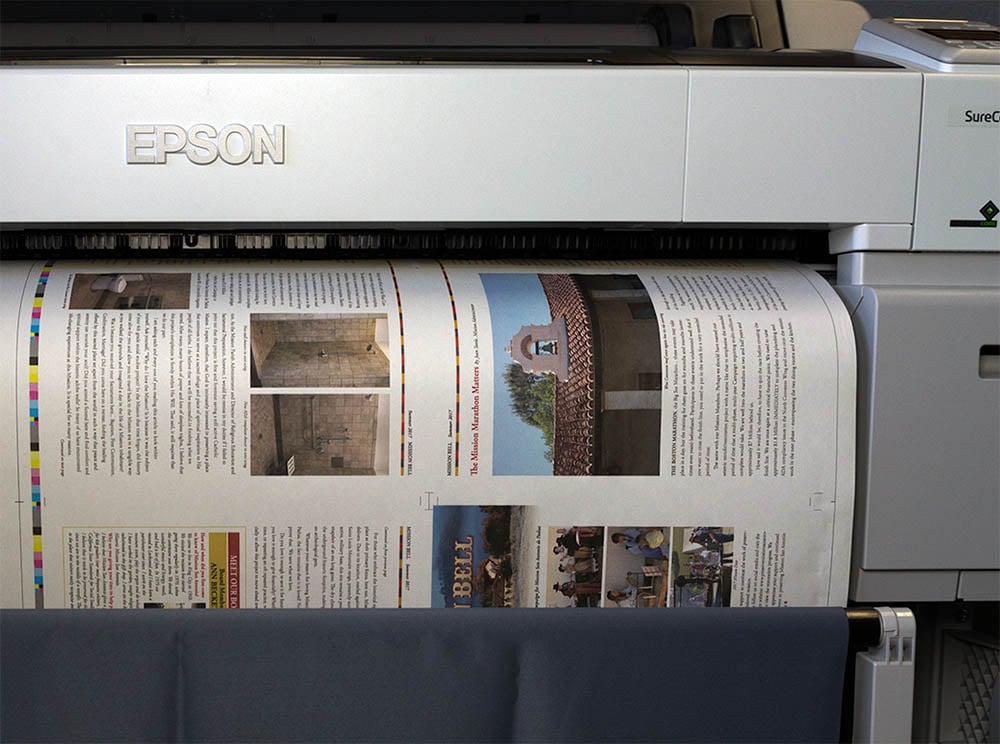
For a variety of reasons, sometimes publishers require a physical (hard copy) proof of their digital files before their publication goes to press, hence we offer the option for printed proofs. These mockups may be output on a very similar, if not identical, paper to what will be used on the press. This gives the reviewer a great representation of the final product.
Printed proofs will usually add a few extra days to the process, so be sure to keep this in mind if you plan to utilize this service.
We turn pixels on a screen into ink on paper

When quality is a must, sheetfed offset is the answer. This technology is based on the paper going through the press one at a time, at high speed.
In addition to beautiful full-color reproduction, sheetfed provides the option to include spot colors (like PANTONE™ colors) as well as spot varnishes. You may also choose to add an aqueous coating to protect your printed piece and give it a little bit of extra "pop" to the gloss.
At Casey Printing, our sheetfed presses can print as large as 28 x 40" sheets of paper. Up to 6 colors or varnishes may be applied in each pass, as well as an aqueous coating. It is most efficient to add pages in increments of 4, 8 or 16.
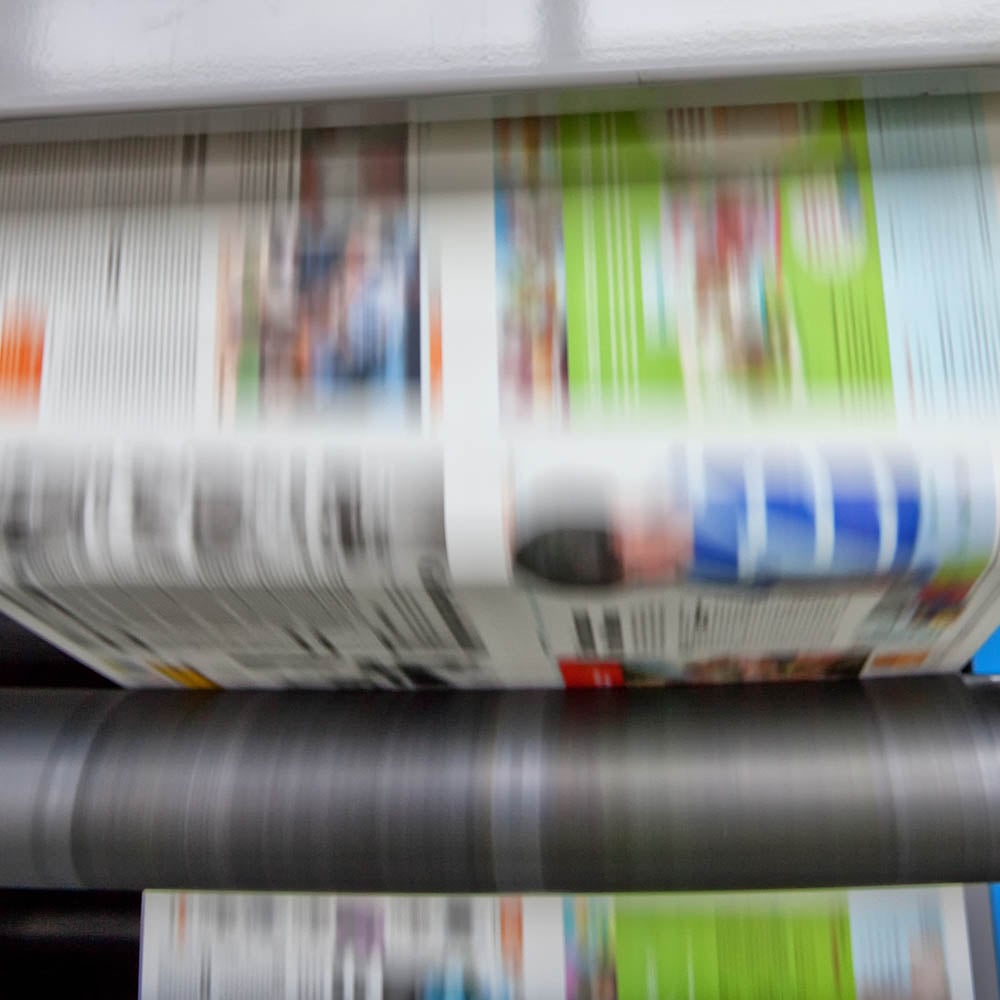
Are you looking for the most cost-effective printing method for your magazine, catalog or other publication? If so, coldset web offset printing will give you the best bang for your buck!
Utilizing our coldset web presses, we print onto paper that unwinds from big rolls, at high speed. As opposed to heatset web presses, on our coldset
Our presses, specifically designed for efficient publication work, print in the 22.75 x 36" format. We can print on multiple webs (rolls) concurrently, and produce up to 64 in a single section. Pages are most efficiently added in increments of 8.
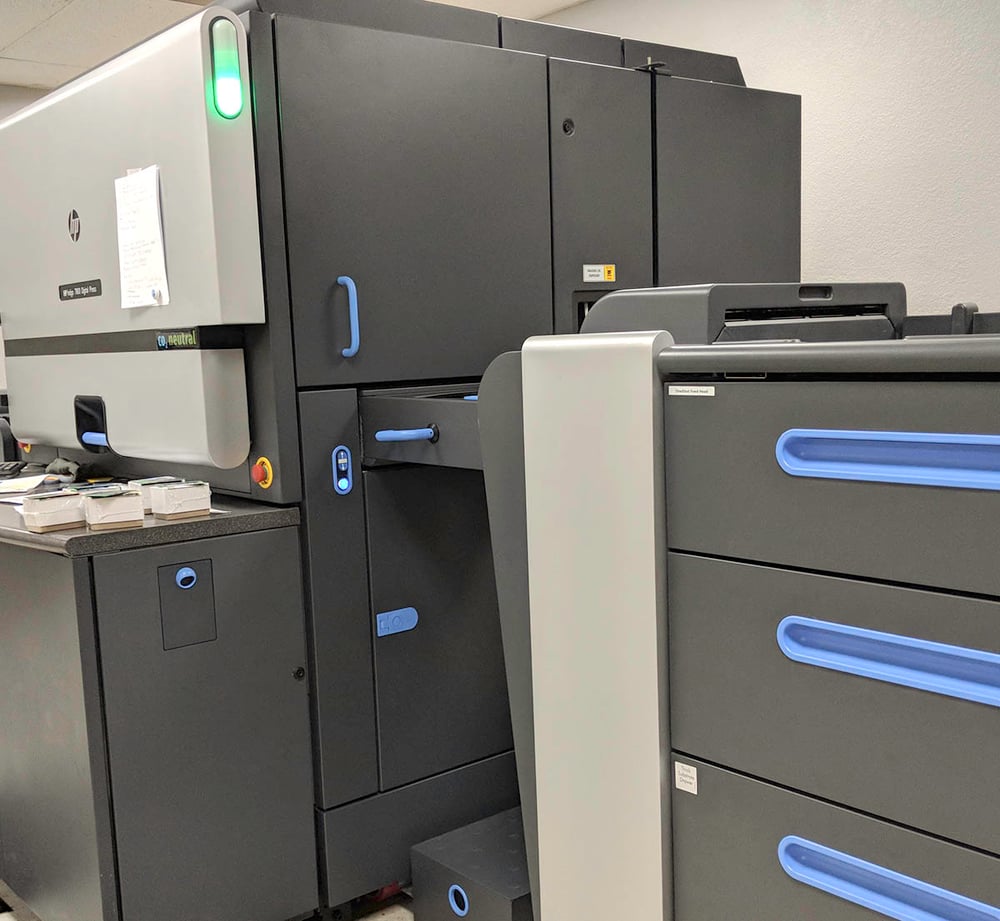
If you're looking to print a smaller quantity of publications or want to be able to use personalization in your printing, then digital printing is the ticket!
This technology uses a process much like your desktop laser printer to apply toner to sheets of paper. From single color to gorgeous full-color reproduction, your short run publication will shine. There are even special print effects available, like a clear coat to give your magazine that extra zip. Many of the same papers that are used in sheetfed offset printing are available for digital printing.
At CASEY, our digital presses print up to 13 x 19" sheets in full color. It is most economical to add pages in increments of 4.
It's like origami, but for your publication
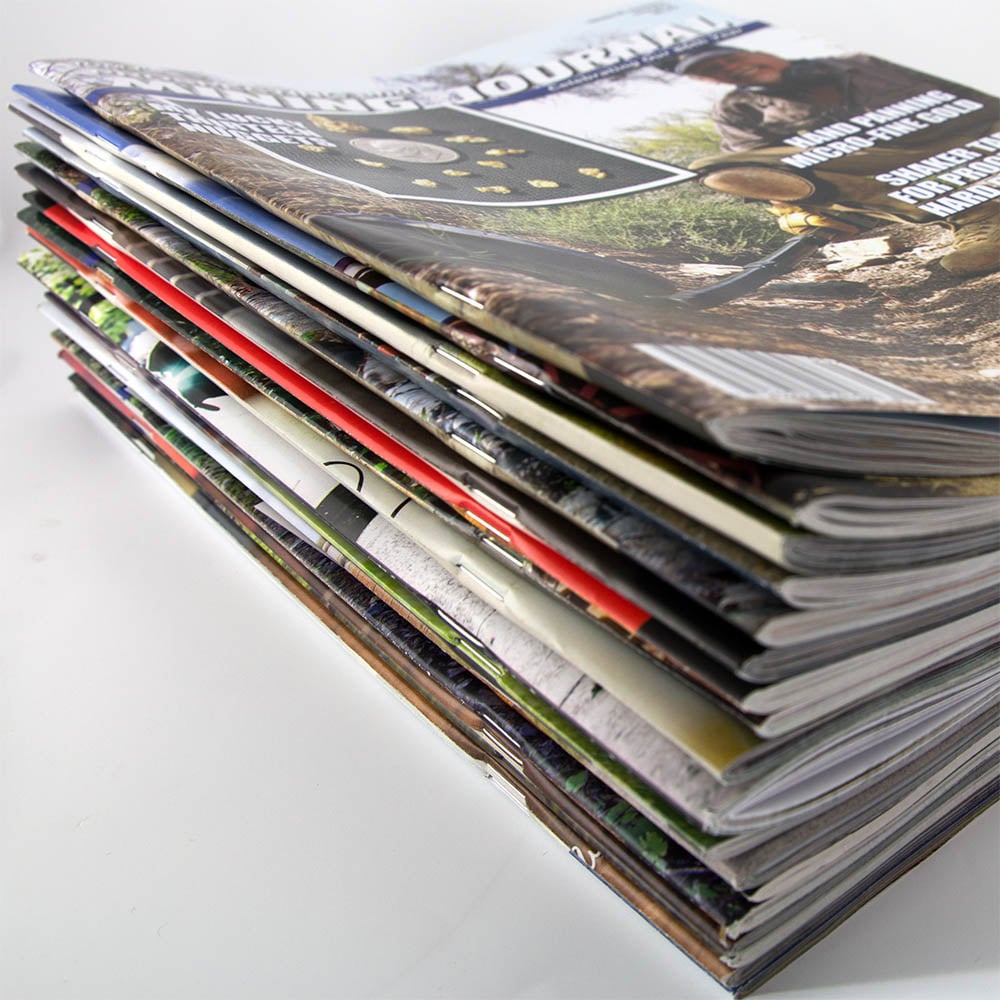
Saddle Stitching is the most common style of bindery that we see in the world of publication printing. It's popular because it is a cost-effective way to bind publications up to about 128 pages.
Here's how saddle stitching works:
Publications are printed in sections, also known as "signatures." In bindery, signatures are gathered and nested on top of each other, much like a rider getting onto the saddle of a horse. Next, the spine is "stitched" using staples. Finally, all sides except the spine are trimmed, allowing the image to "bleed" off the page.
One of our most popular products is called a "combo book." This product consists of a high-quality sheetfed cover, and then coldset web offset pages on the inside. Many publishers will substitute the standard 4-page cover for 8 or 16 pages. This allows them to maximize their revenue by giving advertisers an option for a higher quality ad in a highly desirable location within the publication.
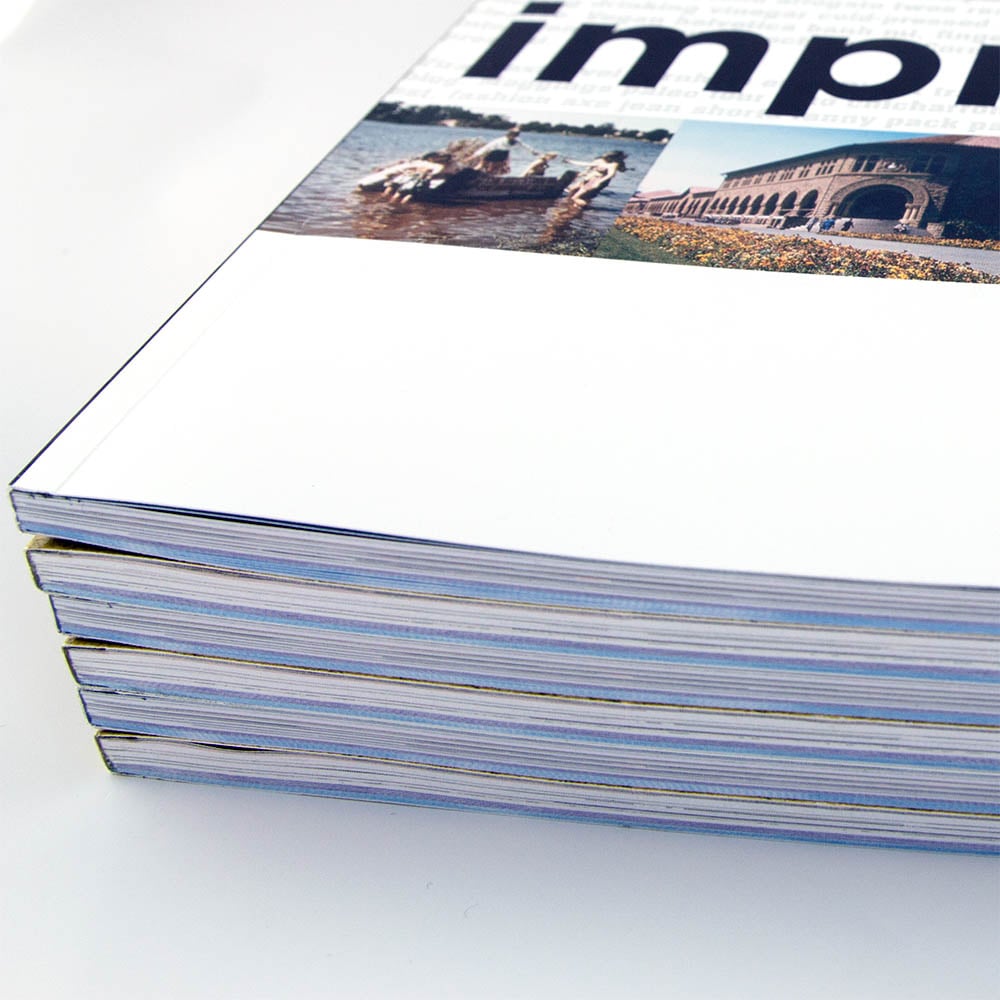
Due to the clean, square edge Perfect Binding creates on all 4 sides of a publication, and a more polished look, it is a very popular style of binding for high-end publications. Perfect Binding is also able to accommodate higher page counts than saddle stitching.
Here's how perfect binding works:
Publications are printed in sections, also known as "signatures." In bindery, these signatures are stacked on top of each other. The spine is glued to the publication's cover using a hot glue. Last, all of the sides except the spine are trimmed, allowing the image to "bleed" off of the page.
At CASEY, we find that using perfect binding in conjunction with digital printing helps our customers get great results. This provides the opportunity to take advantage of the combination of economic, short-run, high-quality printing, with a professional look.
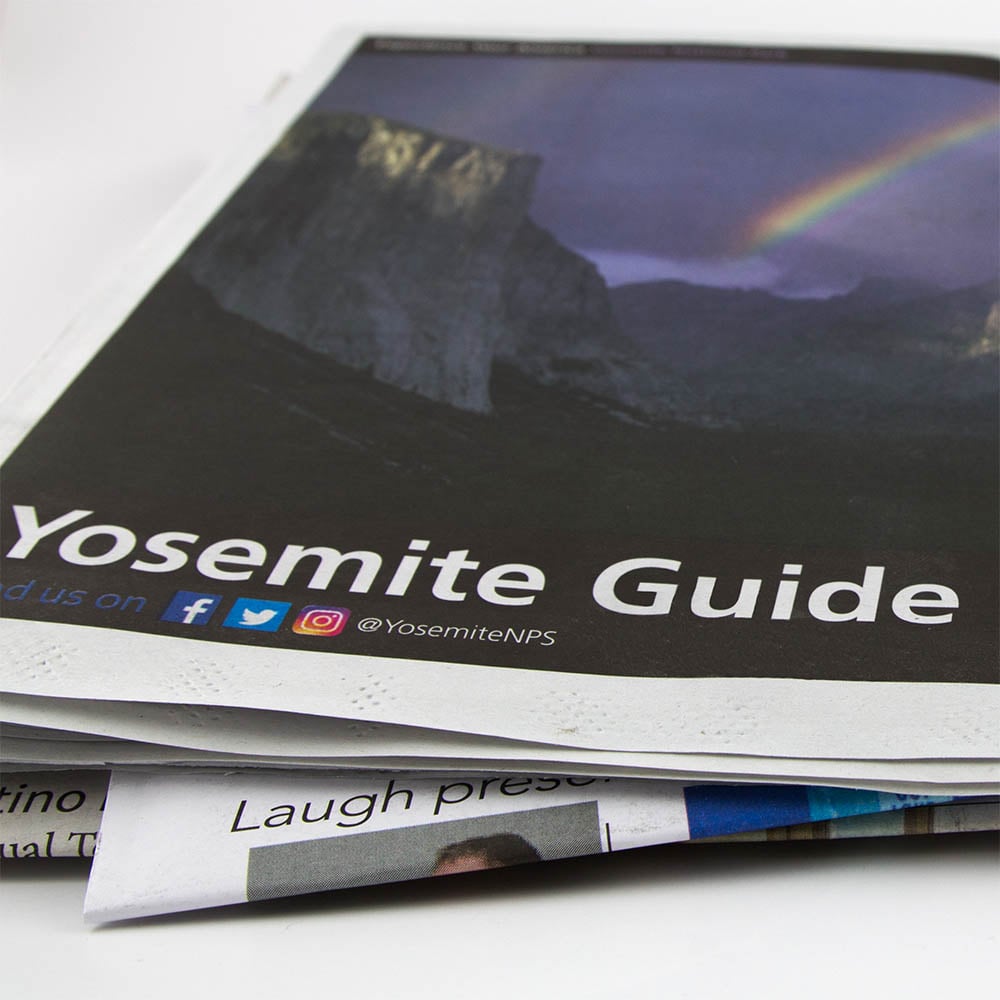
The least expensive, most cost effective way to print a publication is by minimizing the bindery work. With tabloids & newspapers, the finished product typically comes right out of the press (aka "press product"). No post-processing required!
The difference between a tabloid and a "standard" or "broadsheet" newspaper, is the size and image orientation. A common page size for tabloid might be 11 3/8 x 17, while a newspaper page size, printed on the same size paper, would be 17 X 22 3/4.
Tabloids & newspapers are usually printed on a coldset web offset press. Sometimes publishers will move to a sheetfed offset press to accommodate higher print quality and more paper flexibility.
At CASEY, we have printed millions of these types of publications. Some publishers have opted to upgrade their paper from a standard newsprint to a heavier and brighter type of paper. This helps them to increase advertising revenues and improves distribution because upgraded paper differentiates the publication.
Getting your publication in the hands of your readers
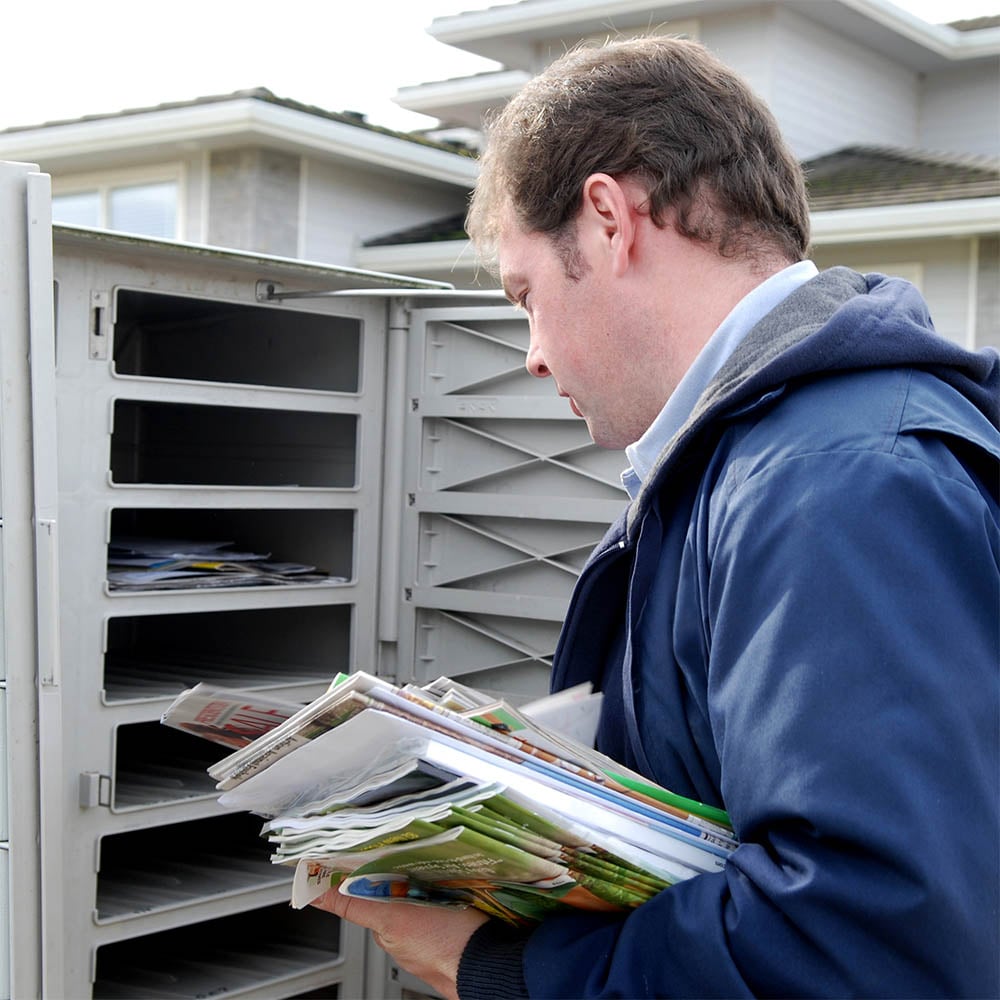
Casey Printing's mailing team has worked with the United States Postal Service to send millions of pieces of mail. Our consultants specialize in finding the best ways to get your mail into the right hands, at the right time, at the lowest possible postage cost.
Here are some of the ways we help:
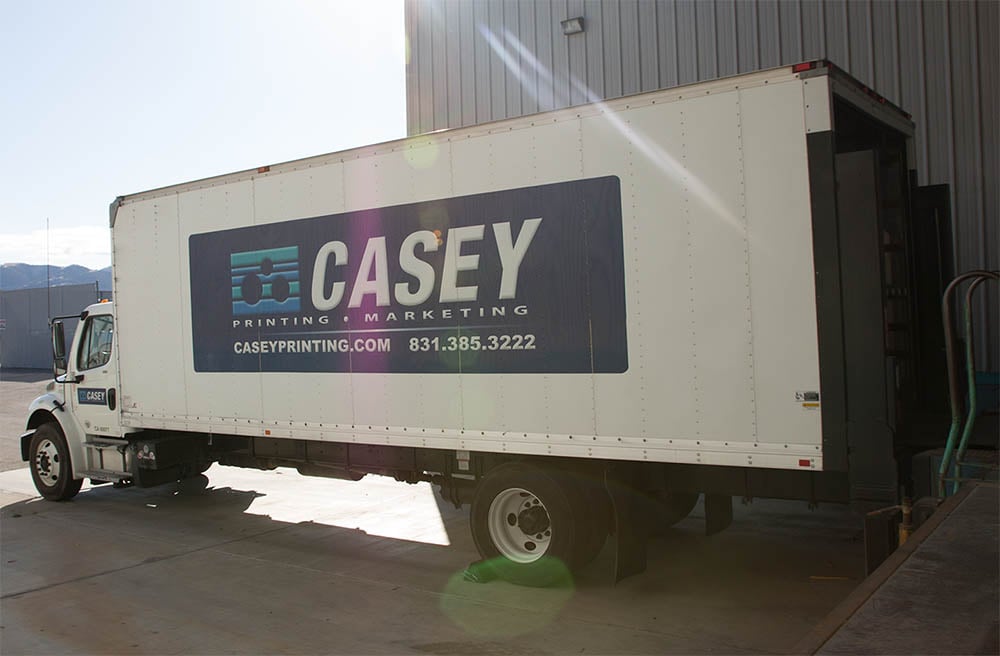
Many publishers distribute their publications to racks hosted by local retailers, coffee shops, gas stations, public places and anywhere else their readers spend time. Often, these distributors find it convenient to meet our truck in a central location so that their product can hit the market as quickly as possible.
To better serve our customers, we own and operate our own fleet of delivery vehicles. This provides the capacity to meet tight deadlines and schedule deliveries around our clients' needs, rather than a 3rd party's route.